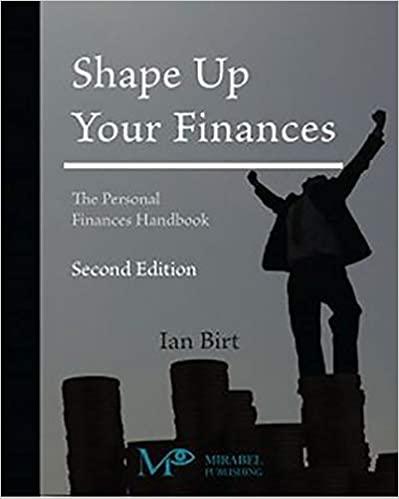Read the following passage of text and then answer the question that follows. While the standard deviation of expected returns of a single stock can measure the risk of a single stock held in isolation, this measure of risk becomes less useful in the context of a portfolio of stocks. This is because most investors will hold large, diversifled portfolios of stock (a market portfolio), thereby reducing risk until only the market risk remains. Thus, the relevant risk-to consider is not the standard deviation of a stock's expected returns, but its influence on the portfolio's overall market risk. To measure a stock's influence on market risk, as you learned in the previous video, a stock's beta is estimated. A stock's beta is a measurement. of how a stock's price moves in tandem with the broader stock market. When adding a stock to a portfolio, the beta of the portfolio will change in accordance with the beta of the stock that was added. Adding a stock with a beta that is preater than that of the portfolio will increase the beta (and risk) of the portfolio. Ukewise, adding a stock with a beta that is less than that of the portfolio will decrease the beta (and risk) of the portfolio: Suppose you are adding a stock with a beta of 0,3 to a portfolio that presently has a beta of 1. After adding the stock to the portfolio, the beta of the portfolio will all else equal Sten 2: Learn: Portfolio Befa Whenever new stocks are added to a portfollo, the beta of the portf change. The beta of the portfolio after the stocks have been added (which you just calculated), alono with the new total amount of funds invested, implies that the beta of the stocks added to the portfolio must be Now it's time for you to practice what you've learned. Suppose that a mutual fund manager has a $6 million portfolio with a beta of 2.5 . Also suppose that the risk free rate is 5% and the market risk premium is 3%. The manager expects to recelve an additional $4 million, which is to be invested in a number of new stocks to add to the porti stocks are added, the manager would like the fund's required rate of return to be 11.6%. For notation, let r represent the required return, let rivirepresent the risk free rate, let b represent the beta of a group of sto rm represent the market return. If the required rate of return is to remain at 11.6%, the beta of the portfolio, after the new stocks have been added, must be The beta of the portfolio after the stocks have been added (which you just calculated), along with the new total amount of funds invested, irnplies that the beta of the stocks added to the portfolio must be Now it's time for you to practice what you've learned. Suppose that a mutual fund manager has a $6 million portfolio with a beta of 2.5 . Also suppose that the risk free rate is 5% and the market risk premium is 3%. The manager expects to receive an additional $4 million, which is to be invested in a number of new stocks to add to the portfollo. After these stocks are added, the manaper would like the fund's required rate of return to be 11.6%. For notation, let r represent the Fm represent the market return. If the required rate of return is to remain at 11.6%, the be The beta of the portfolio after the stocks have been added that the beta of the stocks added to the portfolio must be Suppose that a mutual fund manager has a $15 million portfolio with a beta of 1.7 . Also suppose that the risk free rate is 3% and the market ris premium is 6%. The manager expects to receive an additional $5 million, which is to be invested in a number of new stocks to add to the portfolio. After these stocks are added, the manager would like the fund's required rate of return to be 12%. For notation, let r represent the required return, let rRF represent the risk free rate, let b represent the beta of a group of stocks, and rm represent the market return. According to the video, which equation most closely describes the security market line (SML)? r=rAF+FMrKFbr=rRF+b(rM+rRF)r=rRF+b(rMrRF)r=rRFb(rMrRF) Hint: Recall that the manager wants the new required rate of return for the portfolio to remain at 12%. Using the equation you fust identifled, and plugging in the relevant information, yields a beta of the portfolio, after the new stocks have been added, of approximately True or False: The beta for the portfolio after the stocks have been added is the weighted average of the beta before the stocks where added and the beta of the new stocks that are being added (weighted as a percentage of the total funds invested). True False











